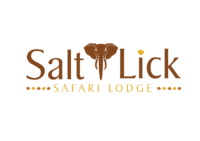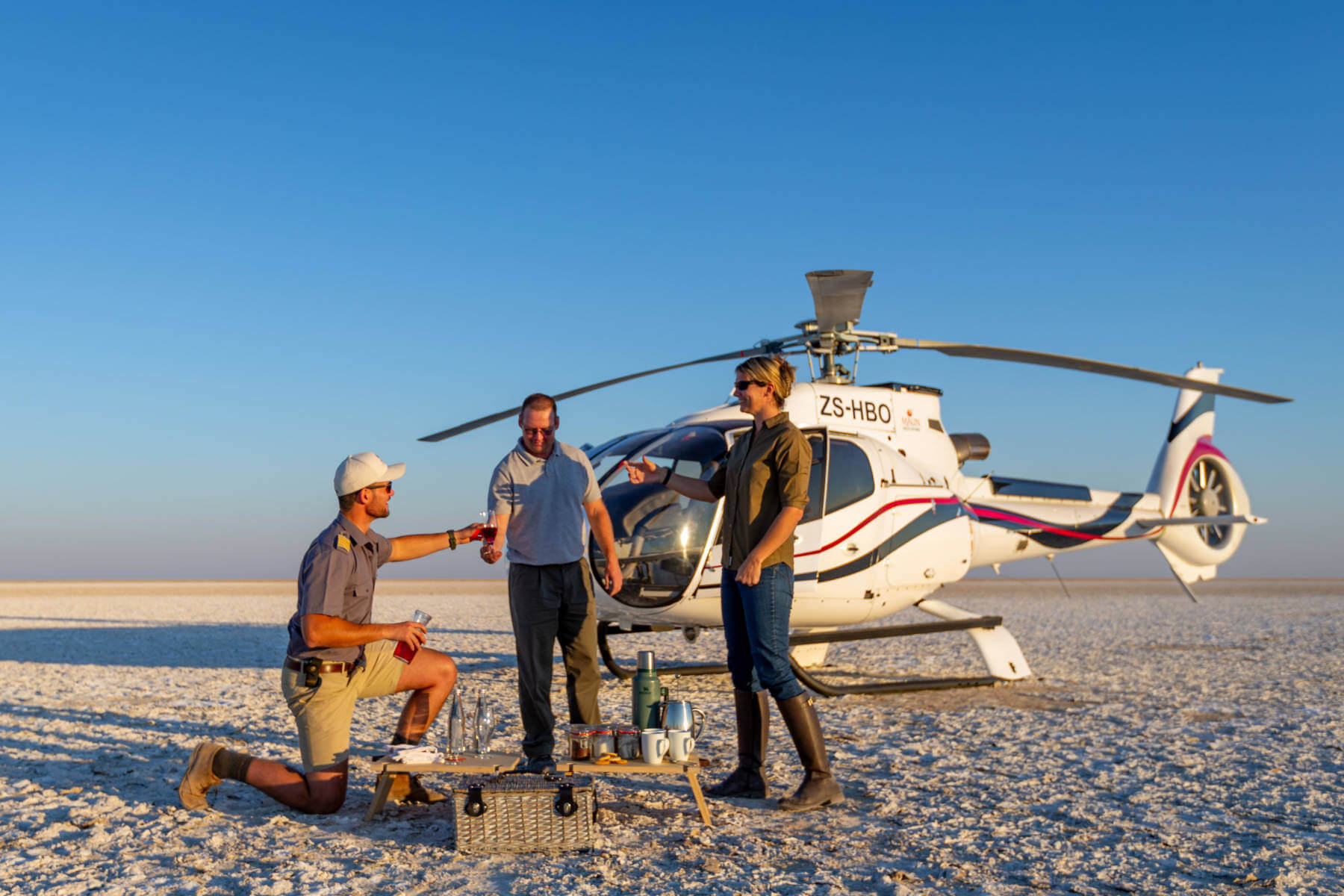July 1, 2025
Hope in the Wild: How Collection in the Wild Is Redefining Luxury Safaris
As I sit in sheer admiration of the women shaping their own futures, smile in total delight at the wildlife that dances to their own tune, and laugh alongside the vibrant people who bring the magic of the Maasai Mara to life, I feel an overwhelming sense of gratitude. This is a constant reminder of the extraordinary tapestry of nature, culture, and humanity that makes being on safari so profoundly special – and Collection in the Wild is a powerful embodiment of how these elements can coexist harmoniously.
Luxury safaris have undergone a significant transformation over the years. What was once focused on the “Big Five” (lion, leopard, rhino, elephant, and buffalo) and indulging in extravagant material comforts has now evolved into holistic and meaningful journeys. In the past, safari camps vied to outdo each other in an “arms race” of extravagance – think infinity pools, gourmet Michelin-starred dining, and ultra-luxurious accommodations.
While undeniably impressive, this race for grandeur often eclipsed the true essence of a safari: connecting with untamed nature, engaging with vibrant cultures, understanding the intricate behaviours of wildlife, and nurturing an appreciation for Africa’s fragile ecosystems.
Today, the definition of luxury has shifted, with many safari camps leading the charge toward sustainability, conservation, and authentic cultural immersion. It’s no longer just about indulgence; it’s about impact, purpose, and forging a deeper connection to the land.
Collection in the Wild, a group of family-owned properties in the Maasai Mara, embodies this new era of responsible tourism. These properties offer exclusive and immersive experiences in the African wilderness, whilst embracing a powerful model of regenerative eco-tourism. By restoring habitats and improving the livelihoods of the local communities who call this land home, Collection in the Wild tells a story of hope, resilience, and meaningful progress. It’s more than just a collection of stays – it’s a collection of impactful journeys.
My own visit to this extraordinary place was more than just an opportunity to witness nature’s beauty; it was a journey into the transformative initiatives that are shaping the future of wildlife protection and community empowerment.
So what makes the Collection in the Wild ‘model’ so meaningful?
From Farmland To Wilderness
Enonkishu Conservancy once degraded farmland, has undergone an extraordinary transformation since 2012. Thanks to the vision of founders Lippa and Tarquin Wood, who partnered with local Maasai communities, this land has been reclaimed for conservation.
Regenerative practices such as managed grazing, tree planting, and habitat restoration are core to this model of transformation. These methods have allowed the ecosystem to heal and flourish, attracting a wide array of wildlife, from the majestic herds of elephants to the elusive leopards that now roam freely. The reforestation of critical areas has brought back native plant species, enriching the landscape and improving water retention in the soil.
One of the cornerstones of this transformation is the holistic grazing model, a carefully managed approach to livestock farming that ensures herds of cattle are rotated across the conservancy in a way that mimics the natural movement of herbivores. This model allows the land to rest and regenerate, giving pastures time to recover between grazing periods. The cattle not only help control invasive plant species but also naturally fertilise the soil with their manure, enriching the land and promoting the growth of indigenous grasses. The result is a healthier, more resilient landscape that supports a wider variety of wildlife and plant life – exactly what you want when you are out on safari!
This approach has created a harmonious balance between people and nature, as local Maasai herders benefit from more sustainable and productive livestock enterprises, while the land thrives under carefully managed grazing regimes. The conservancy has become a model for sustainable co-existence, demonstrating that conservation and agriculture do not have to be at odds. By incorporating local knowledge and expertise, the project has built lasting relationships with Maasai communities, helping them to develop more sustainable livelihoods while preserving the land for future generations.
Empowering Local Communities
One of the most inspiring aspects of my visit was witnessing the profound impact of the initiatives and the incredible people behind them, driving real, lasting change that is so crucial for both the community and the environment.
At the heart of Collection in the Wild’s mission is empowering local communities, particularly women, through initiatives like the Futures in the Wild Programme at the Mara Training Centre. The aim is to create regenerative project models that are replicable and scalable, enabling surrounding communities to become self-sufficient.
Spending time with these inspiring women, and hearing their stories of both struggles and successes, was truly enlightening. Women in rural and indigenous communities are often the primary stewards of natural resources, and by equipping them with skills in sustainable business practices, Collection in the Wild empowers them to safeguard their ecosystems while improving their livelihoods. More than 30 women are currently benefiting from this program.
I had the privilege of joining a beading session with these women. In Maasai culture, beading is a heritage passed down from mother to daughter, and Collection in the Wild provides these women with a platform to transform their traditional craftsmanship into an economically beneficial enterprise. This initiative blends cultural preservation with modern opportunity, enabling women to take control of their futures. Training is a key aspect – women learn sustainable practices like reducing waste while beading, with techniques they can share within their communities. The work is both meaningful and joyful, with laughter filling the air as the women bond over their craft and the vision of a brighter future.
Another enlightening conversation was with Jane, one of the leaders of the Wild Shamba tree nursery. This initiative exemplifies the commitment to regenerative practices and community engagement. Maasai women actively plant and nurture trees, becoming ambassadors for conservation within their communities. The nursery not only promotes biodiversity and food security but also creates sustainable income for the women, who now supply fresh produce to nearby camps and markets.
Training is crucial here too – women learn about the importance of tree planting, the dangers of harmful chemicals, how to improve biodiversity, and how to replicate these practices within their communities. The success of the tree nursery has sparked replication in two local schools and surrounding villages, where youth are now involved in planting, harvesting, and even cooking with the produce.
The Wild Shamba team’s dedication has earned them recognition as one of only 20 organisations in Kenya selected to help achieve the national goal of planting 15 billion trees by 2030. This recognition is a huge accolade for a small team doing incredible work to plant seeds of change across the Maasai Mara, one tree at a time.
Sustainable operations
At each property in the Collection in the Wild portfolio, sustainability is not just a commitment; it is deeply integrated into daily operations. These properties, which include the iconic House in the Wild, the elegant Wild Villas, and the exclusive Wild Hill atop Kileleoni Hill (the highest point in the Maasai Mara), are designed with eco-friendly principles at their core. Sustainable materials are used in construction, and all properties operate on 100% solar energy, ensuring a minimal carbon footprint. In 2025 they plan to work more on water-saving technologies and rainwater harvesting systems to reduce reliance on external sources and minimise waste. Currently, the drinking water comes from a spring in the Enonkishu conservancy and is filtered through a reverse osmosis system, removing the need to rely on plastic bottles for drinking.
Food sustainability is a central pillar. Most ingredients are sourced from the Wild Shamba, where the regenerative farming techniques yield an abundance of fresh fruits, vegetables, and herbs. Items not grown on-site are carefully sourced from nearby farmers and local suppliers, ensuring that the economic benefits of tourism ripple through the community. Kitchen organic waste is then used for compost or to feed the wormery, as well as the resident hens.
Another defining feature of the Collection in the Wild is its dedication to employing and empowering local Maasai people. From expert safari guides to talented chefs and staff, most of the team hails from surrounding villages, bringing with them a deep understanding of the land, culture, and wildlife.
A Blueprint for Responsible Tourism
This shift in what we define as a ‘luxury safari’ is not just a trend; it reflects a growing awareness that true luxury lies in meaningful experiences, fostering a sense of stewardship for the planet, and leaving a positive impact on the communities and ecosystems that sustain these remarkable journeys.
Collection in the Wild’s own journey from farmland to sanctuary illustrates this profound impact of responsible tourism. And one of the best things about this work? Knowing that this successful model can have a ripple effect, inspiring others to adopt similar regenerative practices. Enonkishu Conservancy stands as a shining example of what can be achieved when conservation efforts are rooted in community collaboration and respect for the land.
Here, every laugh, every smile, and every awe-inspiring moment is a testament to the enduring spirit of the Maasai Mara.
This is the ultimate luxury safari; a celebration of nature, culture, and hope for a wildly sustainable future.
W: Collection in the Wild
E: Bookings
T: +254 (0) 20 6000457/6005108
Written by Emma Blunt for Luxuria Lifestyle International and Luxury Safari Magazine







